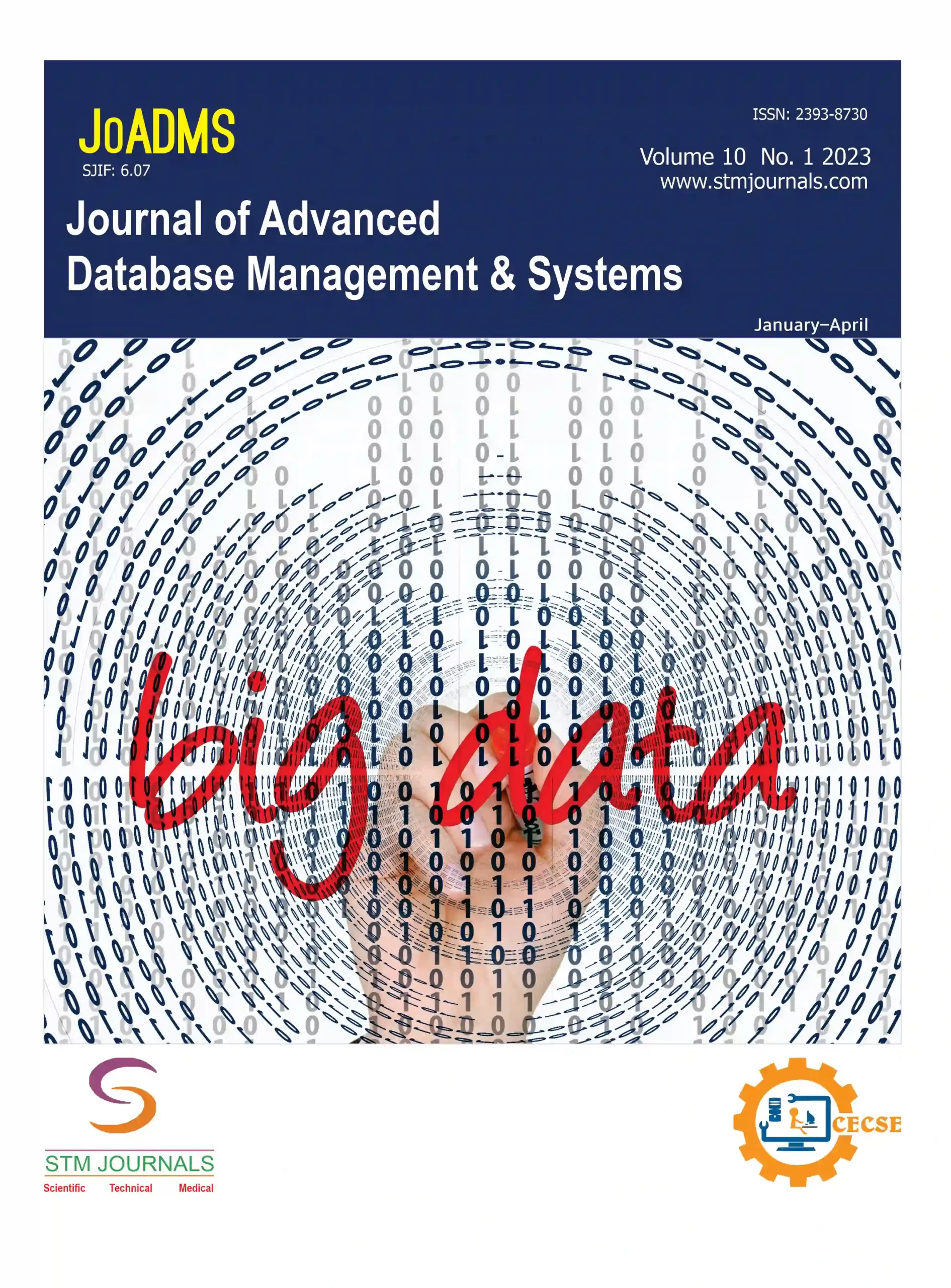Open Access

Sukkala Tharun Kumar Goud

Mohammed Shoaib

Satya Bharadwaj

Y. Sreenivasulu
Abstract
With the growth of the banking sector, more and more people are applying for bank loans. All of these loans are not allowed. The principal income of bank assets arises from the interest earned on the loan. Bank profit or loss depends largely on the amount of the loan, i.e., whether customers pay off the loan or fail. The main purpose of banks is to invest their assets in secure customers. Today, many banks approve loans after a number of verifications and verification processes but yet there is no guarantee that the selected customer is safe or not. By predicting defaulters, the bank can reduce its non-performing Assets. This makes a study of this situation very important. Previous research in this period has shown that there are many ways to learn the problem of controlling loan default. But as appropriate predictions are very important for increase in profit, it is important to study the type of different methods and their comparisons. A very important method in predictive analysis is used to study the problem of predicting those who fail to borrow money. It is therefore important to use a variety of strategies in the banking sector to select a customer who pays the loan on time. In this report, we use a random forest algorithm to separate the data.
Keywords: Database, Random Forest algorithm, Loan Prediction System, Banking Sector, Secure Customers
[This article belongs to Journal of Advanced Database Management & Systems(joadms)]

Browse Figures
References
1. Liaw A, Wiener M. Classification and regression by Random Forest. R news. 2002 Dec 3; 2(3): 18–22.
2. Gandotra E, Bansal D, Sofat S. Malware analysis and classification: A survey. J Inf Secur. 2014; 5(2): 56–64.
3. Keerthi SS, Gilbert EG. Convergence of a generalized SMO algorithm for SVM classifier design. Mach Learn. 2002 Jan; 46(1): 351–60.
4. Rao KH, Srinivas G, Damodhar A, Krishna MV. Implementation of anomaly detection technique using machine learning algorithms. International journal of computer science and telecommunications (IJCST). 2011 Jun; 2(3): 25–31.
5. Jency XF, Sumathi VP, Sri JS. An exploratory data analysis for loan prediction based on nature of the clients. Int J Recent Technol Eng (IJRTE). 2018 Nov; 7(4): 176–179.
6. Saha A, Denning T, Srikumar V, Kasera SK. Secrets in Source Code: Reducing False Positives using Machine Learning. In IEEE 2020 International Conference on COMmunication Systems & NETworkS (COMSNETS). 2020 Jan 7; 168–175.
7. Chambers JM. Computational methods for data analysis. New York: A Wiley Publication in Applied Statistics; 1977.
8. Quinlan JR. Induction of decision trees. Machine learning. 1986 Mar; 1(1): 81–106.
9. Cowell RG, Dawid AP, Lauritzen SL, Spiegelhalter DJ. Graphical Models and Expert Systems. Вerlin: Springer; 1999.
10. Sreedevi E, PremaLatha V, Prasanth Y, Sivakumar S. A Novel Ensemble Learning for Defect Detection Method with Uncertain Data. In Applications of Artificial Intelligence for Smart Technology, IGI Global. 2021; 67–79.
11. Togaware. Rattle data mining tool. [Online]. Available from http://rattle.togaware.com/rattle- download.html
12. Random Forest. Mean Decrease Accuracy. [Online]. Available from https://dinsdalelab.sdsu.edu/metag.stats/code/randomforest.hml

Journal of Advanced Database Management & Systems
| Volume | 9 |
| Issue | 1 |
| Received | March 14, 2022 |
| Accepted | April 20, 2022 |
| Published | January 20, 2023 |

